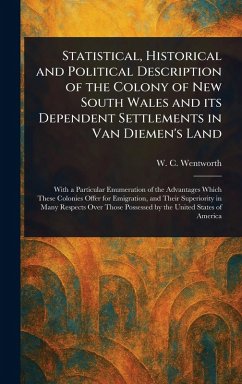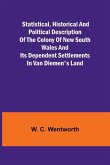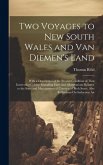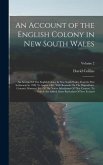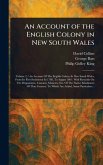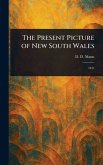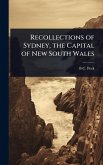Explore the early colonial history of Australia with William Charles Wentworth's "Statistical, Historical and Political Description of the Colony of New South Wales and its Dependent Settlements in Van Diemen's Land." This meticulously prepared reprint offers a fascinating glimpse into the landscape, governance, and potential of New South Wales (including present-day Tasmania, then known as Van Diemen's Land) during its formative years. Wentworth's detailed account provides a comprehensive overview of the region, highlighting its advantages for emigration and drawing comparisons to the United States. Delve into the political and social structures of these burgeoning colonies, and discover the economic opportunities that drew settlers to this distant land. This historical text provides invaluable insights into Australia's colonial past, its relationship to the British Empire, and the challenges and triumphs of establishing a new society. A vital resource for anyone interested in Australian history, emigration, and the legacy of colonialism. This work has been selected by scholars as being culturally important, and is part of the knowledge base of civilization as we know it. This work is in the public domain in the United States of America, and possibly other nations. Within the United States, you may freely copy and distribute this work, as no entity (individual or corporate) has a copyright on the body of the work. Scholars believe, and we concur, that this work is important enough to be preserved, reproduced, and made generally available to the public. We appreciate your support of the preservation process, and thank you for being an important part of keeping this knowledge alive and relevant.
Bitte wählen Sie Ihr Anliegen aus.
Rechnungen
Retourenschein anfordern
Bestellstatus
Storno

